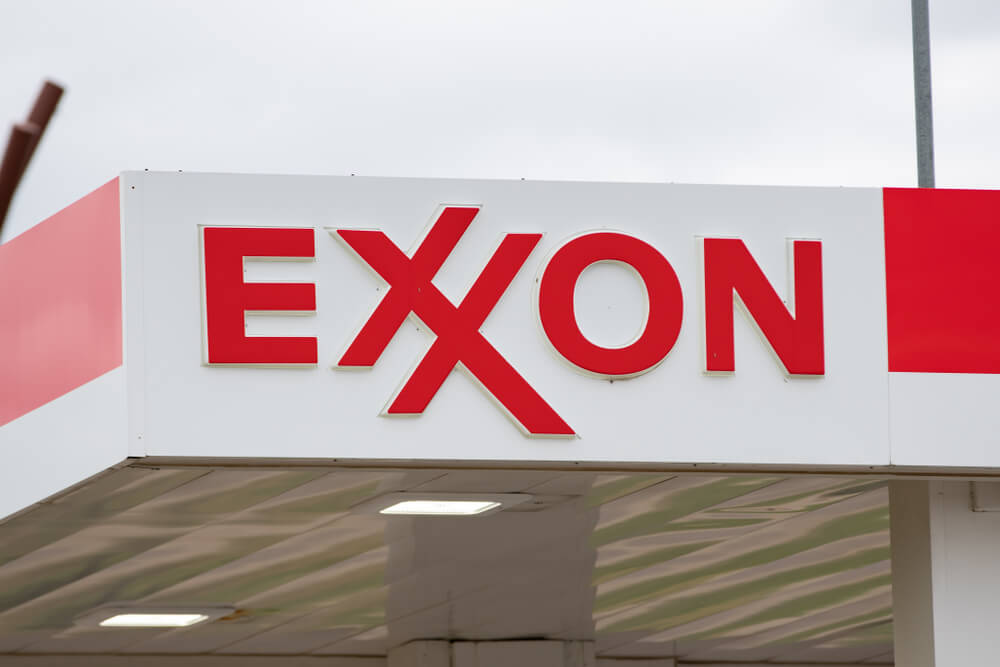
Exxon – Oil Giant in a Financial Crisis
Exxon, multinational oil and gas corporation has a drop in profits, weighed by a decline in nearly every segment. Darren Woods, the CEO of the corporation, admits that 2019 was a challenging year for several businesses. Fourth-quarter was particularly challenging for the chemical business. The corporation sank to the lowest prices seen in a decade. Furthermore, Exxon’s share price is at its lowest point in 10 years.
Despite the level of earnings, the company’s management has not reported any change from 2020, and significant projects are still in the process of progress. Credit Suisse analyst William Featherston predicts about $ 13 billion of free cash flow for the company in the year 2020 based on a price of $ 59 (down from $72 previously) for Brent and $ 51 for WTI.
Goldman analysts think that there is a risk to long-term return on capital employed targets. Exxon’s return on capital employed could turn out to be about half of what Exxon is aiming for by 2025.
- Check-out Financebrokerage’s comprehensive review on Forex.com
Analysts About the Corporation
Industry analysts have mixed reactions to Exxon. Paul Sankey of Mizuho Securities USA LLC estimates that Shareholder returns are weak, and debt is rising in such a way that suggests that attractive dividends yields are unsustainable.
Pete Speer, the analyst at Moody’s Investors Service Inc., states that Lower cash flow combined with massive capital investment led to negative free cash flow and a rise in debt that exceeded the expectations for the year. These trends continue to pressure the company’s account metrics.
Even though Exxon raised its dividend again to satisfy shareholders, its share price fell anyways. Exxon couldn’t fund its dividend with cash made from its operations for a very long time. Over the past ten years, Exxon delivered $202 billion to shareholders, but the money the Corp generated was only enough money to reach about two-thirds of that payout. Exxon funded the remaining 30 % of those distributions from asset sales and debt.
To pay for all its spendings, ExxonMobil would need to cover shareholder payouts and to trade oil at about $100 per barrel. That is far higher than the oil price established today, and few oil market analysts see triple-digit oil prices anytime soon.
Exxon plans to sell assets worth 25 billion dollars in Europe, Asia, and Africa, as part of the policy already launched to free up capital to invest in the oil fields of Guyana and the Permian Basin. The company’s goal is to produce one million barrels per day in the Permian basin by 2024. While Exxon stocks have been playing with the lows for nine years, they are recovering losses after rising 1.1%.




